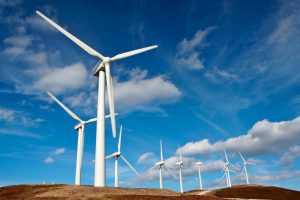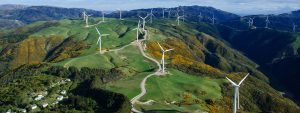
Using Wind To Replace Fossil Fuels
Wind power has the potential to help us reduce our dependence on fossil fuels. In 2018, the state of Texas reached a critical juncture: their use of wind power surpassed their use of coal and became the second-largest electricity source in Texas.
A 155-megawatt wind farm in West Texas helped increase the state’s wind power capacity to more than 20,000 megawatts, according to the Electric Reliability Council of Texas. And this is just the first state in America to reach this goal.
The current total electricity generation in America is approximately 3.6 trillion kWh annually. Wind power could potentially generate far more than 1% of that electricity. According to American Wind Energy Association, “the estimated U.S. wind-energy potential is about 10.8 trillion kWh per year — about equal to the amount of energy in 20 billion barrels of oil (the current global yearly oil supply).
To make wind energy feasible in a given area, it requires minimum wind speeds of 9 mph (3 meters per second) for small turbines and 13 mph (6 meters per second) for large turbines. Those wind speeds are common in the United States, although most of it is unharnessed.”
The comparison between wind power and the burning of fossil fuels leaves no doubt:
– Burning natural gas releases between 0.6 and 2 pounds of carbon dioxide equivalent per kilowatt-hour (CO2E/kWh)
– Burning coal emits between 1.4 and 3.6 pounds of CO2E/kWh
– Wind, on the other hand, is responsible for only 0.02 to 0.04 pounds of CO2E/kWh
Additionally, wind power requires essentially no water to operate. This leaves our waterways free from industrial pollution and does not strain supplies by competing with drinking water, agriculture, or other water needs. This is just one of the many benefits of wind energy.
